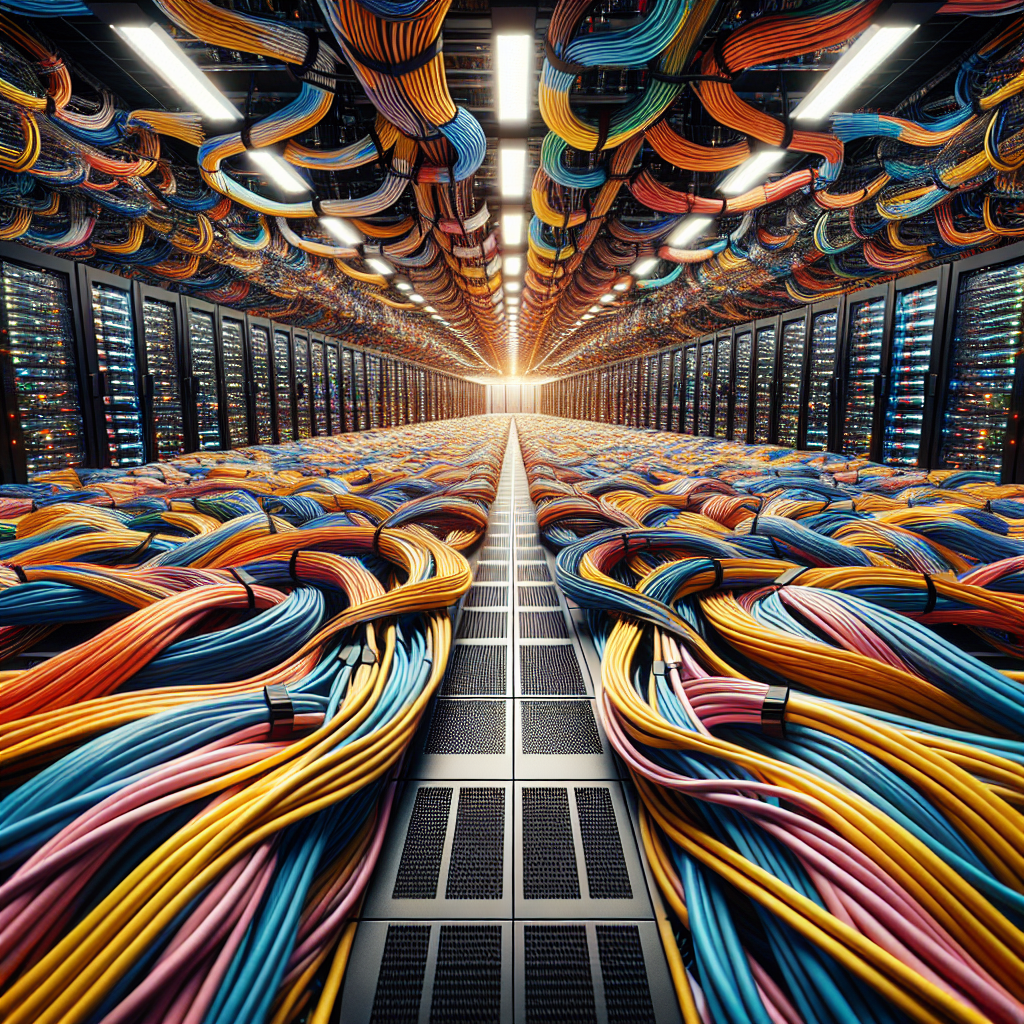Your cart is currently empty!
Best Practices for Data Center Cabling: Tips for Optimal Performance

Data center cabling is a crucial aspect of any IT infrastructure, as it plays a key role in ensuring optimal performance and reliability. With the increasing complexity of data center environments and the growing demand for high-speed connectivity, it is essential to follow best practices for data center cabling to avoid downtime and ensure smooth operations.
Here are some tips for achieving optimal performance with data center cabling:
1. Plan and design your cabling infrastructure carefully: Before you start cabling your data center, it is important to have a clear plan and design in place. Consider factors such as the layout of your data center, the number of racks and servers, and the type of cabling required. This will help you avoid unnecessary cable clutter and ensure a clean and organized cabling infrastructure.
2. Use high-quality cables and connectors: Invest in high-quality cables and connectors that meet industry standards for performance and reliability. Using low-quality cables can lead to signal degradation, interference, and data loss, resulting in poor network performance. Choose cables that are rated for the speed and bandwidth requirements of your data center.
3. Label and document your cables: Proper labeling and documentation of cables are essential for troubleshooting and maintenance tasks. Make sure to label each cable with a unique identifier and document the connections in a cable management system. This will help you easily identify and trace cables when needed, saving time and effort.
4. Use cable management tools and techniques: Proper cable management is crucial for maintaining a neat and organized cabling infrastructure. Use cable management tools such as cable trays, racks, and ties to keep cables organized and prevent tangling. Avoid running cables near sources of interference, such as power cables or heating vents, to ensure optimal performance.
5. Follow industry standards and best practices: Adhering to industry standards such as TIA/EIA and ISO/IEC for cabling design and installation is essential for ensuring reliability and performance. Follow best practices for cable routing, spacing, and termination to minimize signal loss and ensure maximum throughput.
6. Regularly inspect and maintain your cabling infrastructure: Regular inspections and maintenance of your cabling infrastructure are essential for preventing issues such as cable damage, wear and tear, and signal degradation. Conduct routine checks to identify and address any issues before they cause downtime or performance issues.
By following these best practices for data center cabling, you can ensure optimal performance, reliability, and efficiency in your IT infrastructure. Investing in high-quality cables, proper planning, and maintenance will help you avoid costly downtime and keep your data center running smoothly.

Leave a Reply